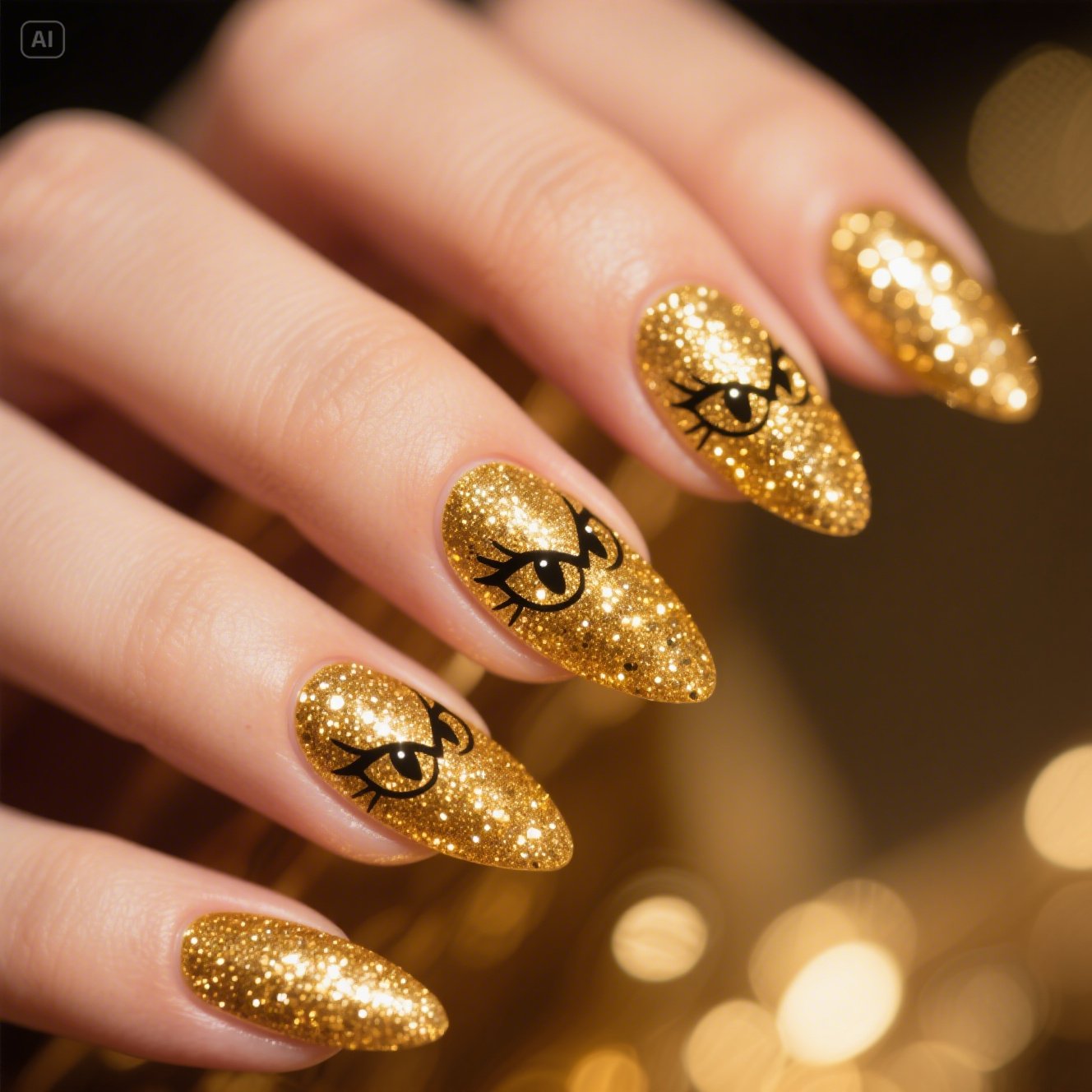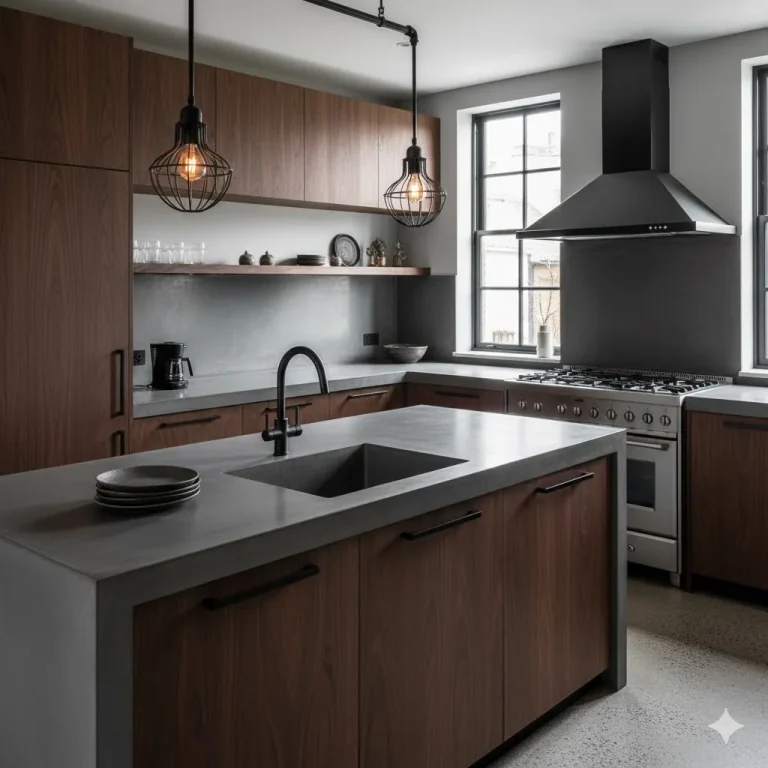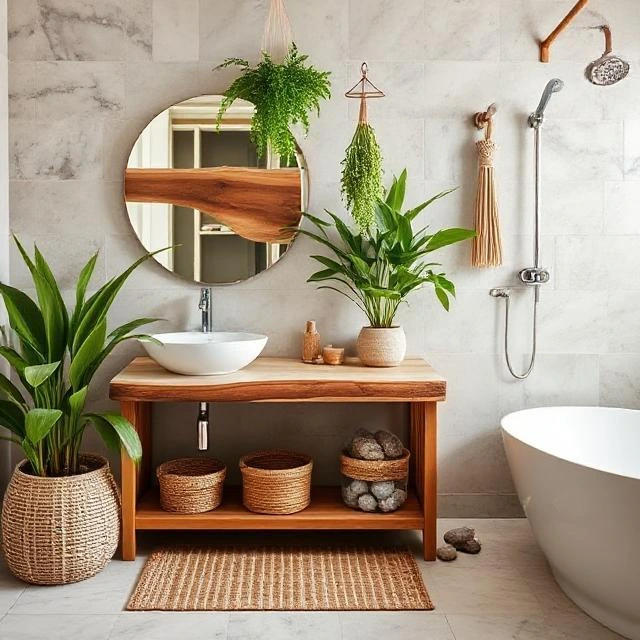15 Vintage Aesthetic Living Room Ideas for Classic Charm
Vintage Aesthetic Living Room feels warm, lived-in, and full of stories. In today’s fast-paced world, a vintage aesthetic in the living room brings calm and character. It mixes the charm of older pieces with modern comfort. People love vintage because it’s personal: a chair might remind you of your grandparent’s home, while a patterned rug can tell a design story. This style is not about filling a room with old things; it is about choosing items that look good together and feel right. By using a few thoughtful vintage pieces, soft colors, and layers of texture.
Check Also : Choosing the Best 15 Kitchen Countertop Material for You
Mix Antique and Modern Pieces
How to balance old and new
Mixing antique and modern pieces creates a lively, balanced room. Start with a modern sofa and add an antique side table or lamp. The contrast makes each piece stand out. Keep a common element — like color or material — so the mix feels intentional. For example, pair a clean-lined sofa with a wood coffee table that has carved details; the wood ties them together. Avoid making everything match; instead, aim for harmony. Use one or two bold vintage pieces and fill the rest with simpler modern items.

Choose a Warm, Muted Color Palette
Best vintage color combinations
Vintage rooms often use warm, muted tones like soft browns, dusty greens, faded blues, and warm creams. These colors feel gentle and calm. Pick a base color for walls or big furniture, then add two or three accent colors. For example, a muted sage green wall, cream sofa, and rust-colored pillows create a classic mix. Avoid very bright or neon colors; they break the vintage mood. Use color on small furniture, curtains, or rugs if you prefer neutral walls. The key is to keep colors faded and soft — as if they have had time to mellow. This gives the room a relaxed, timeless feeling that invites you to sit and stay awhile.
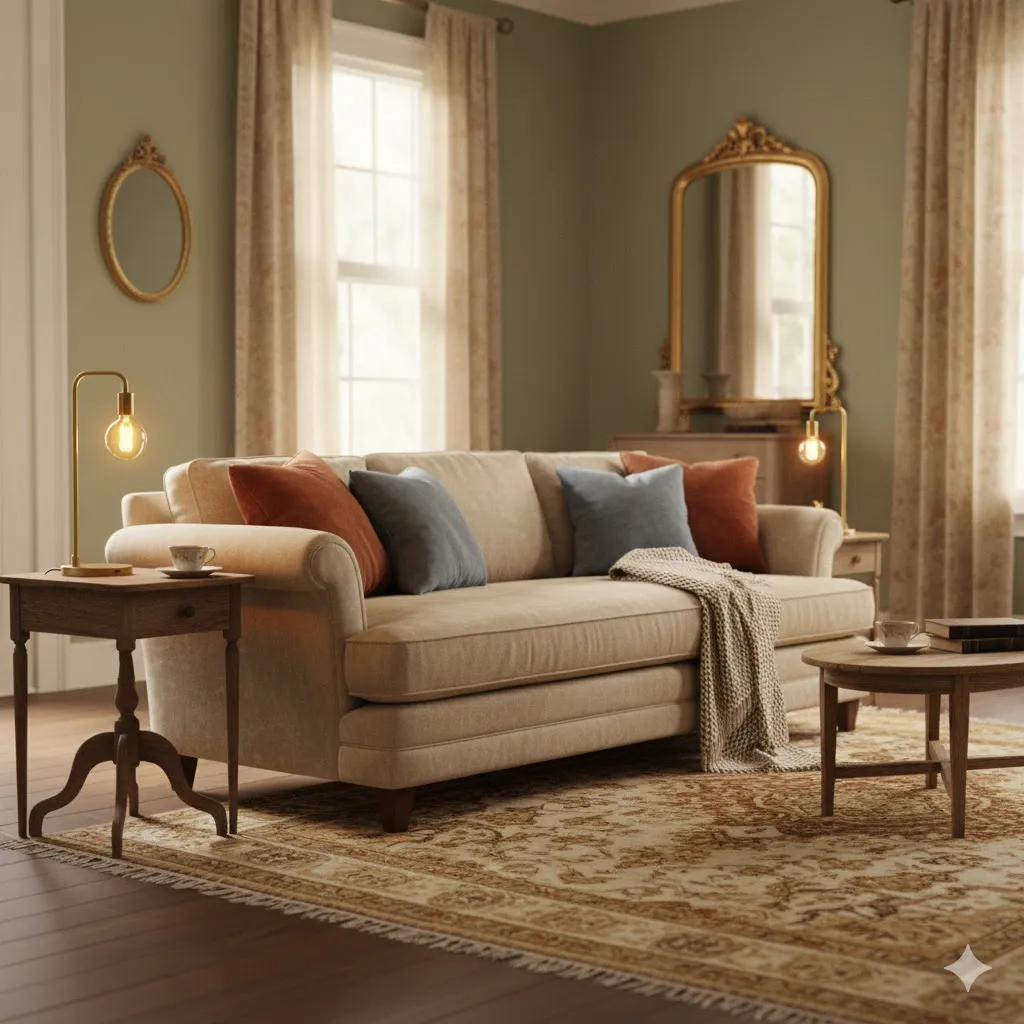
Statement Vintage Sofa or Wingback Chair
Placement and upholstery tips
A statement sofa or a wingback chair becomes the room’s heart. Choose one piece with clear vintage lines — rolled arms, tufted back, or a curved frame. Place it where people gather: facing the TV, near a fireplace, or centered in the room. Upholstery can change the whole look: velvet feels luxe and classic, linen feels relaxed, and leather gives warm character. If the fabric tastes are risky, reupholster with a neutral tone and add patterned cushions for vintage flair. Make sure the piece is comfortable — style is important, but you’ll want to use it. A single strong vintage seat can anchor the space and set the tone for the rest of your decor.
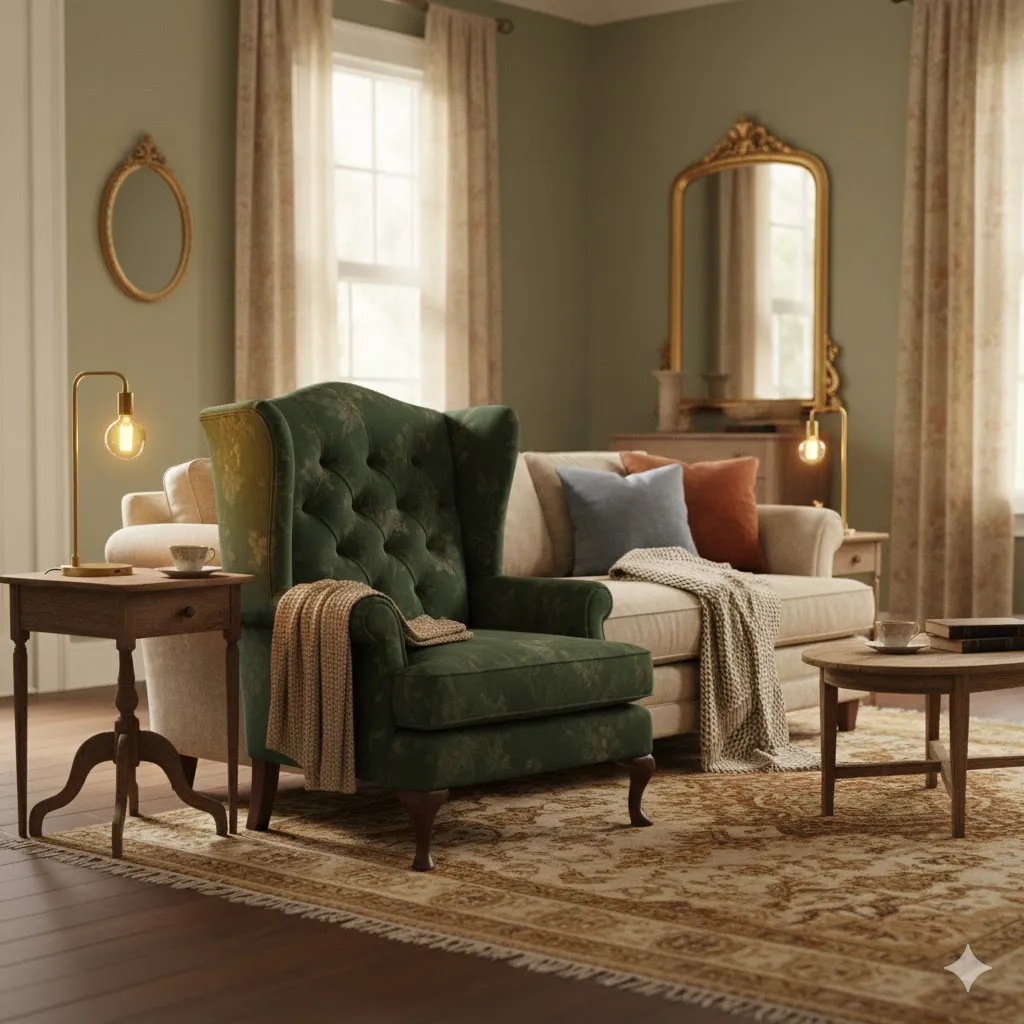
Layer Rugs for Texture and Interest
Rug types that feel vintage
Layering rugs adds depth and warmth. Start with a large, neutral base rug and place a smaller patterned rug on top to create a focal point. Persian, kilim, and worn oriental rugs look very vintage and pair well with plain or modern furniture. Natural fiber rugs like jute can sit under a patterned rug for contrast. Layering helps define seating areas and adds softness underfoot. When choosing rugs, think about scale: a small rug under a coffee table works well atop a larger floor rug. Rug colors should harmonize with your palette. Over time, worn spots and softizing colors make rugs feel even more vintage and charming.

Use Patterned Wallpaper or Accent Walls
Patterns that age well
Patterned wallpaper or an accent wall can instantly add vintage character. Classic floral, damask, and small repeating geometric patterns work well. Use wallpaper on a single wall — like behind a sofa or in a reading nook — to keep it from dominating the room. Mix with plain walls to let the pattern breathe. If wallpaper feels permanent, consider a removable wallpaper or use pattern on a framed panel to limit coverage. Colors should be soft and slightly muted to keep the vintage vibe. Accent walls are great for showing off a vintage mirror, artwork, or a shelf filled with collectibles without feeling too busy.

Display Vintage Art and Mirrors
Framing and arrangement tips
Artwork and mirrors add personality and reflect light. Choose frames with carved wood, gold leaf, or simple black molding for a mix of styles. For a vintage look, gather a few small-to-medium pieces and hang them in an informal gallery. Aim for a balanced cluster instead of perfect symmetry. Vintage mirrors, especially with ornate frames, open the room and feel luxurious. Place a mirror across from a window to boost natural light. Don’t shy away from mixing old family photos, botanical prints, and an antique portrait—this makes the wall feel collected over time rather than bought all at once.

Curate Open Shelving with Vintage Finds
What to display and how to style
Open shelves are perfect for showing off vintage finds. Mix books with small objects: old cameras, ceramic vases, brass candlesticks, and framed photos. Group items in odd numbers (three or five) for a pleasing look. Leave some space — don’t overcrowd shelves — so each object stands out. Use boxes or baskets to hide small clutter and keep shelves tidy. Combine vertical and horizontal stacks of books for visual interest. Rotating items seasonally keeps the display fresh. A curated shelf looks intentional and warm, like a small museum of your favorite things.

Add Soft, Cozy Textiles and Throws
Fabrics that feel classic
Textiles make a room feel warm and welcoming. Choose wool, knit, velvet, and cotton throws for classic texture. Drape a throw over an armchair or fold it on the sofa arm for a lived-in look. Cushions in embroidered, patterned, or subtly worn fabrics give a vintage touch. Mix textures — smooth leather, soft velvet, and rough linen — to create depth. Use heavier fabrics in winter and lighter ones for summer to keep the room usable year-round. Textiles are one of the easiest ways to change the room’s mood quickly and affordably.
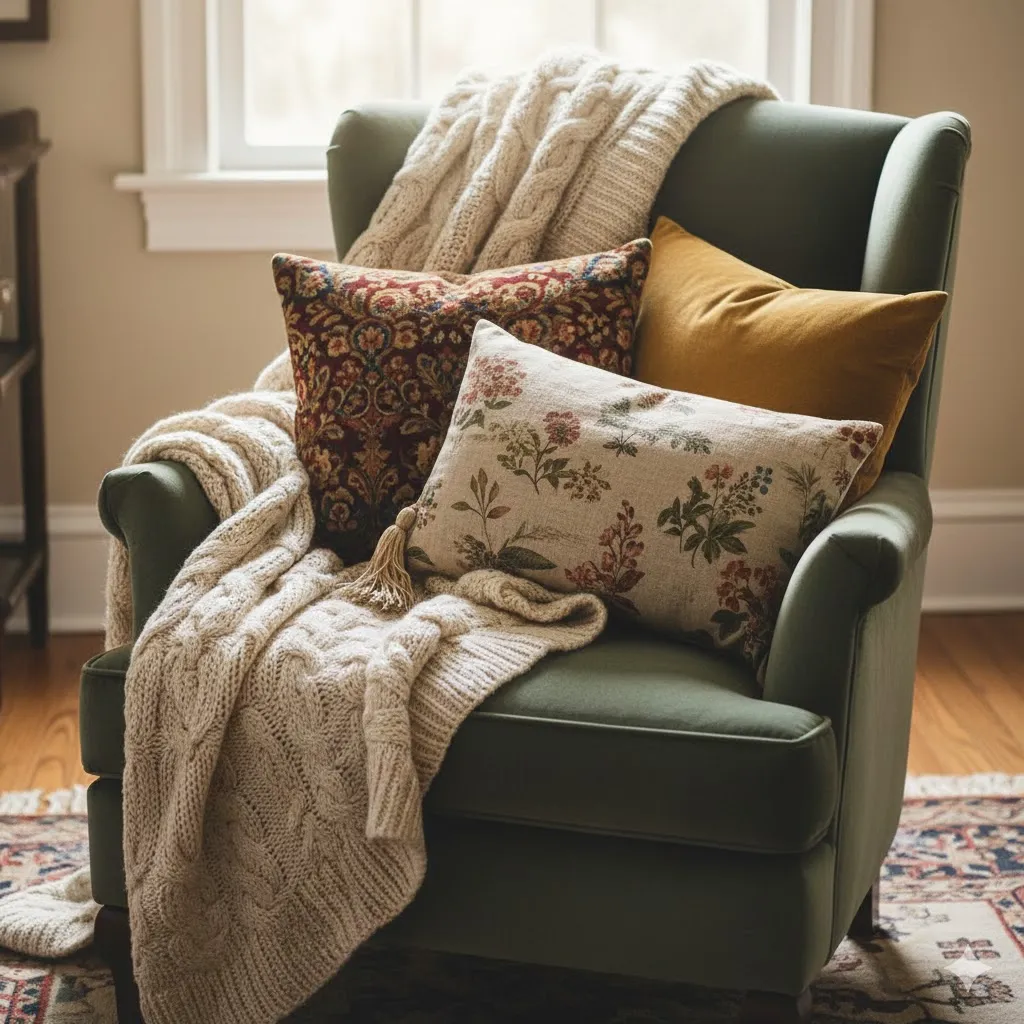
Lighting: Chandeliers, Lamps, and Warm Bulbs
Layered lighting for mood
Lighting sets the scene. A chandelier or pendant with an old-world vibe adds instant vintage charm. Add table lamps and floor lamps to create layers of light for reading or relaxing. Use warm bulbs (2700K–3000K) to get a cozy glow rather than harsh white light. Lamps with brass, ceramic, or fabric shades look especially vintage. Dimmer switches are a great investment to control mood. Place lamps near seating and corners to avoid dark spots. Good lighting makes colors look richer and welcomes people into the space.

Incorporate Wooden Furniture with Patina
Finishes and restoration basics
Wood with a bit of wear has character. Look for coffee tables, sideboards, or cabinets with patina — small marks, faded finishes, or soft edges. These signs of life make furniture feel authentic. If a piece is too worn, sanding and refinishing can help, but keep some imperfections to keep the vintage feel. Stained walnut, oak, and mahogany are classic choices. Mix painted and natural-wood pieces to avoid heaviness. Keep heavy wooden items balanced with lighter textiles and art to maintain an airy, lived-in look rather than a museum.

Vintage-Inspired Window Treatments
Curtains, blinds, and sheers choices
Window treatments frame the room. Long floor-to-ceiling curtains give height and a soft vintage feel. Choose fabrics like linen or light velvet in muted tones to match the palette. Sheer curtains layered under heavier drapes give privacy and softness. Roman blinds in a vintage print can work for a smaller window or cottage look. Keep hardware simple or pick aged brass or iron for authentic detail. The right window treatment can make a room feel taller and cozier while hiding modern window frames when needed.

Add Small Vintage Details: Trays, Clocks, and Books
How small items change the feel
Small vintage items make a big impact. A brass tray on the coffee table, an old clock on the mantel, or a stack of vintage books adds layers of personality. These items act like punctuation marks — they finish the sentence of the room. Mix functional items (like an antique lamp) with purely decorative pieces (like a porcelain figurine). Keep surfaces uncluttered: choose a few well-loved objects rather than many small items. These small touches are easy to source at flea markets or online and are a low-cost way to make your living room feel curated and full of stories.

Plants and Botanical Prints for Freshness
Best plants and placement ideas
Plants add life and a soft contrast to vintage decor. Choose easy-care plants like pothos, snake plants, and rubber plants for low maintenance. Place plants in vintage pots or woven baskets to match the room’s look. A tall plant in a corner brings height and movement. Botanical prints in frames are another classic choice — they pair well with wood and leather and add color without modern harshness. Plants freshen the air and make the space feel lived-in. Their organic shapes balance straight furniture lines, giving the room a gentle, natural rhythm.

Create a Vintage Gallery Corner or Nook
Building a cozy display area
A small gallery corner or reading nook becomes a private retreat. Use a comfortable chair, a small side table, and a stack of books or a lamp. Add a small rug and a throw to make it cozy. On the wall, arrange vintage frames, a small mirror, and a shelf for curios. This corner should feel personal — add one or two items that mean something to you. Nooks make larger rooms feel intimate and give you a spot to relax, read, or sip tea. They show how vintage pieces can create inviting pockets of comfort in any living room.

Keep It Functional: Storage and Flow
Practical tips for everyday living
A beautiful vintage room must work for daily life. Use storage solutions like vintage cabinets, baskets, and trunks to hide clutter. Arrange furniture so people can walk through the room easily — avoid blocking paths with large pieces. Think about where you’ll sit, where kids might play, and where you’ll place a cup of coffee. Choose durable fabrics for high-use areas and put fragile antiques higher or behind glass. Function and flow keep the room comfortable and lived-in, so the vintage style doesn’t become impractical or delicate in everyday use.

Styling Tips — Putting the Look Together
Simple rules for a polished result
Start with a base of neutral, muted colors and a few anchor pieces like a sofa or rug. Add one or two statement vintage items and build around them with smaller pieces and textiles. Use repetition — a color or material repeated in different places — to tie the room together. Keep balance by mixing heavy and light items, and layer textures. Edit often: remove anything that feels like clutter. Finally, live with the room for a few weeks and adjust items until it feels right. Styling is a slow, fun process — trusting your eye and personal taste makes the room authentically yours.

Budget-Friendly Hacks for a Vintage Look
Affordable ways to add charm
You don’t need to spend a lot to get a vintage feel. Repurpose thrifted frames and paint them to match. Refinish small wooden pieces instead of buying new ones. Use second-hand textiles or sew cushion covers from vintage-style fabrics. Swap modern hardware on cabinets with aged brass or ceramic knobs for an instant change. DIY curtains from affordable linen or thrifted sheets can look elegant. Small changes like adding a vintage rug, a lamp, or framed prints will lift the whole room. Being creative and patient helps you build a charming space without overspending.

Conclusion
Vintage aesthetic living rooms blend warmth, history, and comfort. By mixing antique and modern pieces, choosing soft colors, and layering textures, you can create a space that feels both classic and livable. Focus on a few statement items, add small vintage details, and keep the room practical for everyday life. Light, textiles, and plants will make the space feel alive. Most importantly, make the room personal — collect items that mean something to you and style them with care. A vintage living room invites people in and tells a quiet story about your taste and life. Start small, enjoy the hunt for pieces, and let your home grow into a timeless space.
FAQs
Q1: How do I start creating a vintage living room on a small budget?
Start with small, impactful changes: add a vintage-style rug, a couple of throw pillows, and one statement piece like a framed print or an old lamp. Shop thrift stores and flea markets, and consider DIY updates such as painting frames or refinishing a side table.
Q2: Can modern furniture work in a vintage-style living room?
Yes. Mixing modern with vintage keeps the room fresh and comfortable. Use modern furniture as a neutral base, then layer in vintage accessories and one or two antique pieces for character.
Q3: What colors should I avoid for a vintage look?
Avoid very bright neon colors and overly stark whites. Stick to muted, warm tones like cream, dusty blue, sage green, and soft browns to keep the vintage vibe.
Q4: How can I make a small living room feel vintage without cluttering it?
Choose a few meaningful vintage pieces and keep other items simple. Use light colors, mirrors, and plants to open the space. Keep surfaces tidy and avoid too many small items on display.
Q5: Are vintage fabrics durable for family homes?
Some vintage fabrics are durable, but if you have kids or pets, consider reupholstering high-use furniture in sturdy modern fabrics that look vintage. Use washable cushion covers and throws for easy care.

